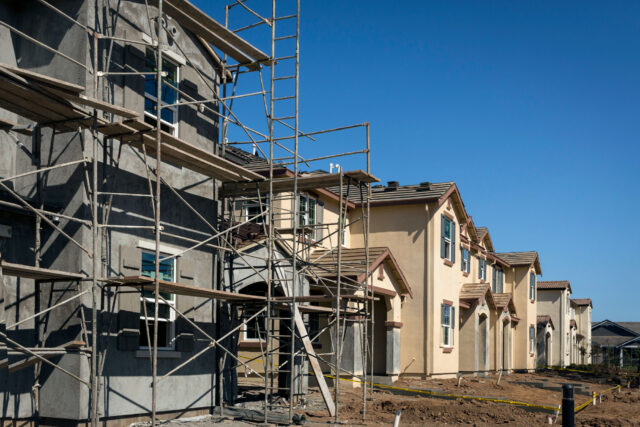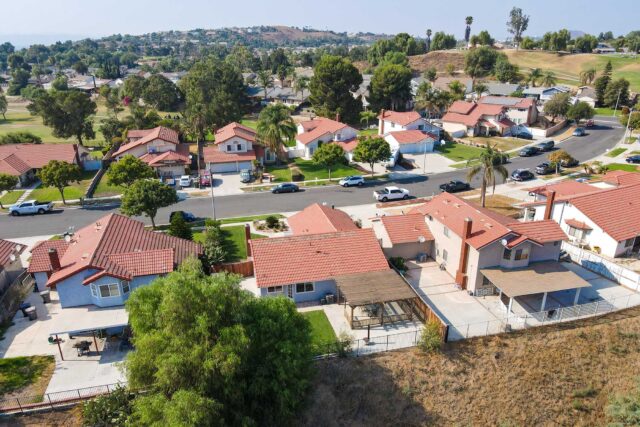California is building more multi-unit housing than ever before—and substantially fewer single-family homes. This change has implications for the nature of the state’s housing markets and population growth. Currently, multi-unit housing is much more likely to accommodate renters instead of homeowners and it doesn’t tend to draw families. There are many reasons why multi-unit housing makes sense at this moment in California’s history. But if the state and developers want to draw a broader range of Californians, they may need to find ways to make this type of housing more attractive to families.
Since 2010, almost half of new housing units built in California have been in multi-unit buildings, and most are in large buildings with at least five units (85% of all multi-unit housing). In contrast, between 2000 and 2010 only about one of every four new housing units was in a multi-unit building. In that decade, single-family housing dominated, almost all of it single-family detached units.

Across all housing in the state in 2021, the vast majority of single-family houses were owned rather than rented (79% among single-family detached houses), while nine in ten units in multi-unit housing were rented instead of owned, according to the American Community Survey. Across housing built in the last ten years, 85% of single-family detached houses were owned and 94% of multi-unit housing were rented.

Multi-unit buildings accommodate more people per acre of land, but they accommodate fewer people per unit. On average, housing in multi-unit buildings has fewer bedrooms than single-family housing. The vast majority (83%) of single-family detached houses have at least three bedrooms, while 92% of units in large multi-unit buildings have at most two bedrooms.
Consequently, multi-unit buildings—as they are built today—tend to be less attractive to families with children. In the July PPIC Statewide Survey, just 32% of renters with children at home say they prefer condos or townhomes to single-family detached homes.
That said, current renters are not necessarily looking for a place in the suburbs. About six in 10 of those same renting parents say they prefer living in dense, mixed-use development, a number very close to the two-thirds of renters without kids who said the same. This preference suggests an openness to multi-unit options if they are made more family friendly.

In recent years, California housing policy has sought to encourage infill and discourage sprawl. There are good reasons for this approach: the best locations are already developed, and continued sprawl has negative environmental and infrastructure consequences.
But if California policymakers and developers want to make the multi-unit infill approach more broadly attractive, it would help to encourage more family-friendly development intended for homeownership. Specifically, that means building multi-unit housing that includes three or more bedrooms and has amenities that families desire. It also means considering policy reforms that would allow for more multi-unit condominiums (which are owned) rather than apartment buildings (which have rental units).
California’s climate and development goals are critical to the future of the state. More work needs to be done to align those goals with the housing needs of Californians across the state.







